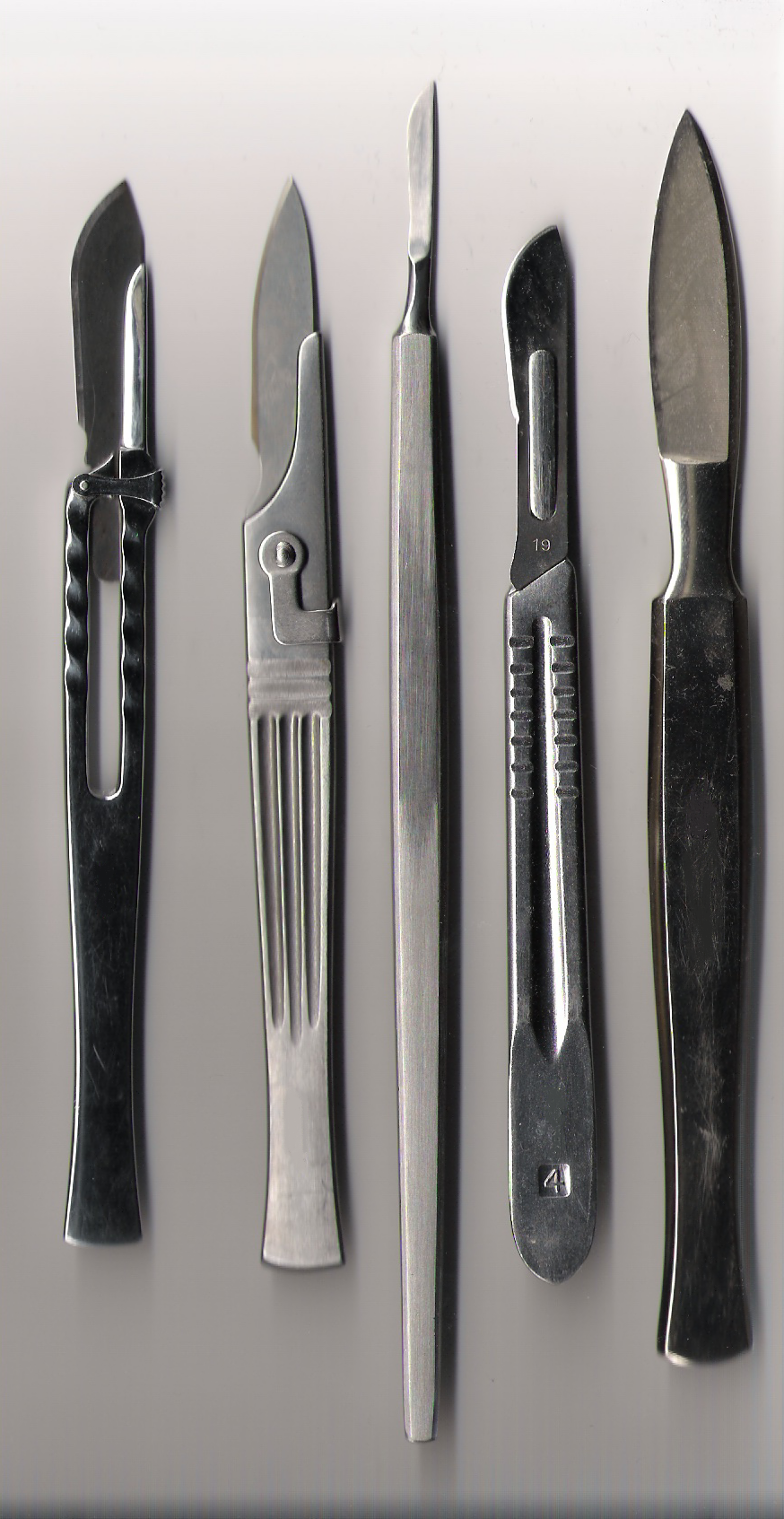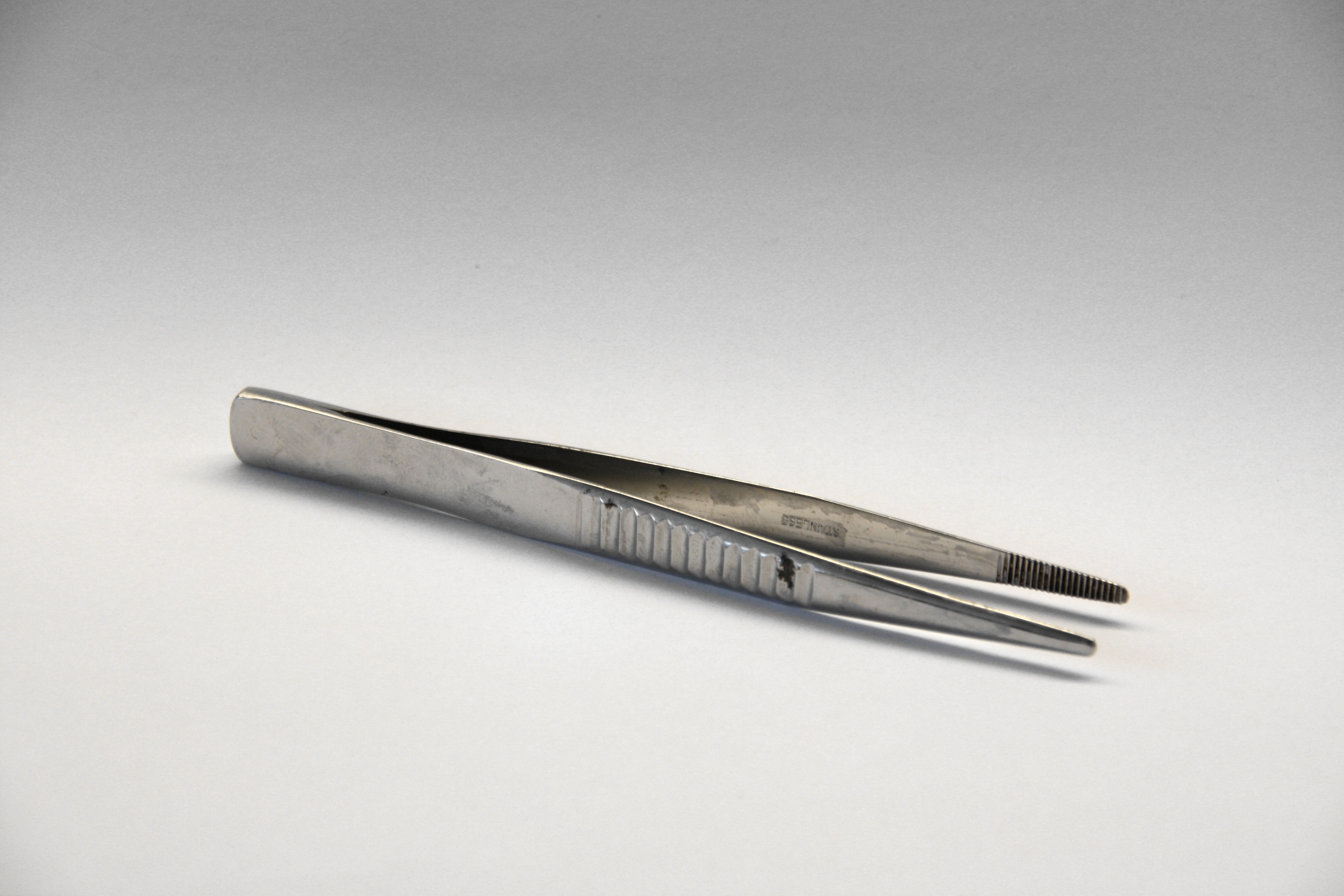|
Tenaculum
A tenaculum is a surgical instrument, usually classified as a type of forceps. It consists of a slender sharp-pointed hook attached to a handle and is used mainly in surgery for seizing and holding parts, such as blood vessels.Merriam-Webster Online Dictionary > tenaculumRetrieved August 2010 Uses include: *Steadying the cervix and uterus, as is done during insertion of an intrauterine device or during a surgical abortionBirth Control Intrauterine Devices (IUDs) Author: Omnia M Samra. Last Editorial Review: 5/18/2006 (although recent research indicates that an may be better suited for those tasks, as it is less likely to cause bleedi ... [...More Info...] [...Related Items...] OR: [Wikipedia] [Google] [Baidu] |
Intrauterine Device
An intrauterine device (IUD), also known as intrauterine contraceptive device (IUCD or ICD) or coil, is a small, often T-shaped birth control device that is inserted into the uterus to prevent pregnancy. IUDs are one form of long-acting reversible birth control (LARC). One study found that female family planning providers choose LARC methods more often (41.7%) than the general public (12.1%). Among birth control methods, IUDs, along with other contraceptive implants, result in the greatest satisfaction among users. IUDs are safe and effective in adolescents as well as those who have not previously had children. Once an IUD is removed, even after long-term use, fertility returns to normal rapidly. Copper devices have a failure rate of about 0.8% while hormonal ( levonorgestrel) devices fail about 0.2% of the time within the first year of use. In comparison, male sterilization and male condoms have a failure rate of about 0.15% and 15%, respectively. Copper IUDs can also be u ... [...More Info...] [...Related Items...] OR: [Wikipedia] [Google] [Baidu] |
Allis Clamp
An Allis clamp (also called the Allis forceps) is a commonly used surgical instrument. It was invented by Oscar Allis. *The Allis clamp is a surgical instrument with sharp teeth, used to hold or grasp heavy tissue. It is also used to grasp fascia and soft tissues such as breast or bowel tissue. Allis clamps can cause damage, so they are often used in tissue about to be removed. *When used to grasp the cervix to stabilize the uterus, such as when an intrauterine device is being inserted, an Allis clamp has the advantage of causing less bleeding than the more commonly used tenaculum. See also *Instruments used in general surgery There are many different surgical specialties, some of which require very specific kinds of surgical instruments to perform. General surgery is a specialty focused on the abdominal contents, as well as the thyroid gland, and diseases involving ... References External linksSurgical Instruments- Allis Clamp Surgical instruments {{Surgery-stu ... [...More Info...] [...Related Items...] OR: [Wikipedia] [Google] [Baidu] |
Surgical Instrument
A surgical instrument is a tool or device for performing specific actions or carrying out desired effects during a surgery or operation, such as modifying biological tissue, or to provide access for viewing it. Over time, many different kinds of surgical instruments and tools have been invented. Some surgical instruments are designed for general use in all sorts of surgeries, while others are designed for only certain specialties or specific procedures. Classification of surgical instruments helps surgeons to understand the functions and purposes of the instruments. With the goal of optimizing surgical results and performing more difficult operations, more instruments continue to be invented in the modern era. History Many different kinds of surgical instruments and tools have been invented and some have been repurposed as medical knowledge and surgical practices have developed. As surgery practice diversified, some tools are advanced for higher accuracy and stability while som ... [...More Info...] [...Related Items...] OR: [Wikipedia] [Google] [Baidu] |
Forceps
Forceps (plural forceps or considered a plural noun without a singular, often a pair of forceps; the Latin plural ''forcipes'' is no longer recorded in most dictionaries) are a handheld, hinged instrument used for grasping and holding objects. Forceps are used when fingers are too large to grasp small objects or when many objects needed to be held at one time while the hands are used to perform a task. The term "forceps" is used almost exclusively in the fields of biology and medicine. Outside biology and medicine, people usually refer to forceps as tweezers, tongs, pliers, clips or clamps. Mechanically, forceps employ the principle of the lever to grasp and apply pressure. Depending on their function, basic surgical forceps can be categorized into the following groups: # Non-disposable forceps. They should withstand various kinds of physical and chemical effects of body fluids, secretions, cleaning agents, and sterilization methods. # Disposable forceps. They are usually made o ... [...More Info...] [...Related Items...] OR: [Wikipedia] [Google] [Baidu] |
Cervix
The cervix or cervix uteri (Latin, 'neck of the uterus') is the lower part of the uterus (womb) in the human female reproductive system. The cervix is usually 2 to 3 cm long (~1 inch) and roughly cylindrical in shape, which changes during pregnancy. The narrow, central cervical canal runs along its entire length, connecting the uterine cavity and the lumen of the vagina. The opening into the uterus is called the internal os, and the opening into the vagina is called the external os. The lower part of the cervix, known as the vaginal portion of the cervix (or ectocervix), bulges into the top of the vagina. The cervix has been documented anatomically since at least the time of Hippocrates, over 2,000 years ago. The cervical canal is a passage through which sperm must travel to fertilize an egg cell after sexual intercourse. Several methods of contraception, including cervical caps and cervical diaphragms, aim to block or prevent the passage of sperm through the cervical ... [...More Info...] [...Related Items...] OR: [Wikipedia] [Google] [Baidu] |
Uterus
The uterus (from Latin ''uterus'', plural ''uteri'') or womb () is the organ in the reproductive system of most female mammals, including humans that accommodates the embryonic and fetal development of one or more embryos until birth. The uterus is a hormone-responsive sex organ that contains glands in its lining that secrete uterine milk for embryonic nourishment. In the human, the lower end of the uterus, is a narrow part known as the isthmus that connects to the cervix, leading to the vagina. The upper end, the body of the uterus, is connected to the fallopian tubes, at the uterine horns, and the rounded part above the openings to the fallopian tubes is the fundus. The connection of the uterine cavity with a fallopian tube is called the uterotubal junction. The fertilized egg is carried to the uterus along the fallopian tube. It will have divided on its journey to form a blastocyst that will implant itself into the lining of the uterus – the endometrium, where it will ... [...More Info...] [...Related Items...] OR: [Wikipedia] [Google] [Baidu] |
Abortion
Abortion is the termination of a pregnancy by removal or expulsion of an embryo or fetus. An abortion that occurs without intervention is known as a miscarriage or "spontaneous abortion"; these occur in approximately 30% to 40% of pregnancies. When deliberate steps are taken to end a pregnancy, it is called an induced abortion, or less frequently "induced miscarriage". The unmodified word ''abortion'' generally refers to an induced abortion. The reasons why women have abortions are diverse and vary across the world. Reasons include maternal health, an inability to afford a child, domestic violence, lack of support, feeling they are too young, wishing to complete education or advance a career, and not being able or willing to raise a child conceived as a result of rape or incest. When properly done, induced abortion is one of the safest procedures in medicine. In the United States, the risk of maternal mortality is 14 times lower after induced abortion than after chi ... [...More Info...] [...Related Items...] OR: [Wikipedia] [Google] [Baidu] |
Gynaecology
Gynaecology or gynecology (see spelling differences) is the area of medicine that involves the treatment of women's diseases, especially those of the reproductive organs. It is often paired with the field of obstetrics, forming the combined area of obstetrics and gynecology (OB-GYN). The term comes from Greek and means "the science of women". Its counterpart is andrology, which deals with medical issues specific to the male reproductive system. Etymology The word "gynaecology" comes from the oblique stem (γυναικ-) of the Greek word γυνή (''gyne)'' semantically attached to "woman", and ''-logia'', with the semantic attachment "study". The word gynaecology in Kurdish means "jinekolojî", separated word as "jin-ekolojî", so the Kurdish "jin" called like "gyn" and means in Kurdish "woman". History Antiquity The Kahun Gynaecological Papyrus, dated to about 1800 BC, deals with gynaecological diseases, fertility, pregnancy, contraception, etc. The text is divided into th ... [...More Info...] [...Related Items...] OR: [Wikipedia] [Google] [Baidu] |
American Civil War
The American Civil War (April 12, 1861 – May 26, 1865; also known by other names) was a civil war in the United States. It was fought between the Union ("the North") and the Confederacy ("the South"), the latter formed by states that had seceded. The central cause of the war was the dispute over whether slavery would be permitted to expand into the western territories, leading to more slave states, or be prevented from doing so, which was widely believed would place slavery on a course of ultimate extinction. Decades of political controversy over slavery were brought to a head by the victory in the 1860 U.S. presidential election of Abraham Lincoln, who opposed slavery's expansion into the west. An initial seven southern slave states responded to Lincoln's victory by seceding from the United States and, in 1861, forming the Confederacy. The Confederacy seized U.S. forts and other federal assets within their borders. Led by Confederate President Jefferson Davis, ... [...More Info...] [...Related Items...] OR: [Wikipedia] [Google] [Baidu] |
Samuel Jean Pozzi
Samuel Jean de Pozzi (3 October 1846 – 13 June 1918) was a French surgeon and gynecologist. He was also interested in anthropology and neurology. He is remembered today for John Singer Sargent's portrait of him. Early life Samuel-Jean Pozzy (he changed the spelling later) was born in Bergerac, Dordogne, Bergerac, Dordogne to a family of Italian/Swiss descent. Samuel's father Benjamin Dominique Pozzy (20 March 1820 – 1905), a minister of the Reformed Church of France, married Marthe-Marie Inés Escot-Meslon (11 March 1821 – 1857) on 29 April 1844 in Bergerac, Dordogne, France. She died when Samuel was ten, and his father then married an Englishwoman, Mary Anne Kempe, on 19 October 1859 in Bakewell, Derbyshire, England. Pozzi went to study first to Pau, Pyrénées-Atlantiques, Pau and then to Bordeaux. For his handsome appearance and cultured demeanor, other pupils nicknamed him ''The Siren''. Medical career In 1864, Pozzi began to study medicine in Paris. When the Franco- ... [...More Info...] [...Related Items...] OR: [Wikipedia] [Google] [Baidu] |
Instruments Used In General Surgery
There are many different surgical specialties, some of which require very specific kinds of surgical instruments to perform. General surgery is a specialty focused on the abdominal contents, as well as the thyroid gland, and diseases involving skin, breasts, various soft tissues, trauma, peripheral vascular disease, hernias, and endoscopic procedures. This page is dedicated specifically to listing surgical instruments used in general surgery. Instruments can be classified in many ways - but broadly speaking, there are five kinds of instruments. # Cutting and dissecting instruments: #*Scalpels, scissors, and saws are the most traditional #*Elevators can be both cutting and lifting/retracting #*Although the term dissection is broad, energy devices such as diathermy/cautery are often used as more modern alternatives. # Grasping or holding instruments: #*Classically this included forceps and clamps predominantly #*Roughly, forceps can be divided into traumatic (tissue crushin ... [...More Info...] [...Related Items...] OR: [Wikipedia] [Google] [Baidu] |





